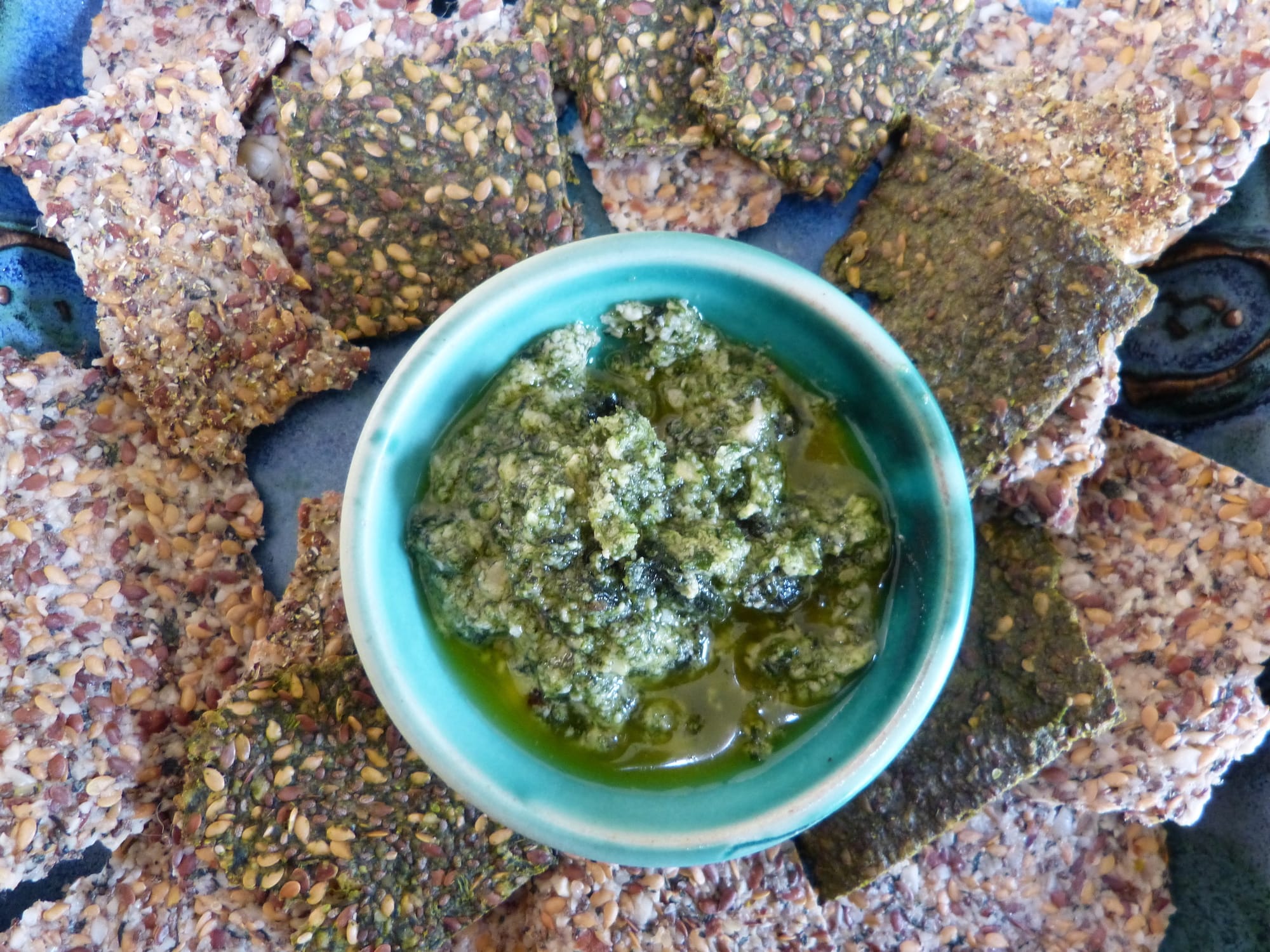Stinging Nettles, Nature's free superfood

Nettles weave through the world, from Europe and North America to Asia and Northern Africa. They are harbingers of spring. When the earth first begins to thaw, they emerge exuberantly from the cold soil. Prime time for bulk harvesting is soon after emergence, when nettles are a few inches to a foot in height.
In the photo nettles are emerging together with fiddlehead ferns:

In the northern hemisphere, the major spring nettle harvest generally concludes before summer solstice. Indicators that they are ‘past prime’ include both the appearance of flowers, as well as flies or caterpillars that suddenly appear and plague the nettles, eating holes in their leaves. In Montana, aphids devour the older plants. Observation will reveal the signs specific to your local area. Look for insect infestation or a loss of vibrancy as shown by color change (paler in hue) as warning to stop harvest.
But industrious foragers can gather nettles even into the summer if they limit collection to just the young growing tips, and to scattered young plants growing in the shadow of their elders. Even when in flower, the newest leaf growth at the very top of the herb may be gathered and dried for tea or steamed as a vegetable.
Notice that nettles, like mints, thrive on being picked. Picking promotes new growth. Henriette Kress of Helsinki, Finland extends her harvest by taking her hoe to her nettle patch, which sparks a growth of new shoots. She advises doing this up to five times during the season. Recently, here in New Zealand, my husband trimmed my nettles (which encircle my garden as a horseproof hedge). The older top-heavy seeding nettles were poking into our path and stinging passers-by, so Barry gave them an enthusiastic haircut. They're now sprouting a new crop of young leaves, giving us autumn bounty, which are especially welcome during these Covid-lockdown times.
TIPS FOR SAFE HARVESTING
As always when gathering any plant, be positive of identity.
Following is an illustration of Alaskan Urtica Lyallii by artist Dominique Collet . Local field guides can help pinpoint which specific species is available in your region.*

Here's my good friend Ellie from Palmer Alaska, demonstrating proper equipment for nettle-harvesting. I strongly advise those new to nettle harvesting, or averse to the stings, to wear gloves.
 *Note: In New Zealand a fiercely bristly native nettle Urtica ferox exists; though Maori have used it medicinally it is not definitely not a nettle for novices, and is detailed in my book Nettles. The remainder of the world's species are far more benign.
*Note: In New Zealand a fiercely bristly native nettle Urtica ferox exists; though Maori have used it medicinally it is not definitely not a nettle for novices, and is detailed in my book Nettles. The remainder of the world's species are far more benign.
EATING NETTLES
Even though raw nettle eating contests exist in the U.K. it's a practice I neither advise nor do. Rolling nettle leaves between your fingertips is supposed to enable you to nibble a leaf, but when attempting this tip I ended up with a fat nettle lip! Steaming or boiling nettles lightly is a surefire way to tame the nettles.
Nettles are the first plant that I spent an entire year studying, sharing communications with enthusiasts worldwide. These 'weeds' contain every nutrient from Vitamin A to zinc. Nettles have countless uses in food recipes, as tea, as nutritional supplement for animals, aphid sprays for plants, and more. These are all detailed in my soon to be re-released, revised Nettles book. Some of the original editions of Nettles by Janice J. Schofield still exist on Amazon from various sellers. Prices will drop dramatically with the revised heavily illustrated e-book and print-on-demand versions.
Here's a recipe for "Nesto" (nettle pesto) to get you started on your own nettle adventure.

Nesto (Nettle Pesto)
This recipe is highly flexible, and varies depending on my mood,
available ingredients, and the amount of nettles available. Below is a guideline to get you started:
4 cups steamed, boiled or sauteed nettles
3-6 cloves garlic, finely minced or pressed
1/4 -1/3 cup finely grated Parmesan (dairy or vegan)
freshly pressed juice from 1-2 lemons
4-6 tablespoons pine nuts, sunflower seeds, or cashews
1/2 teaspoon sea salt or celtic salt
1/4 - 1/3 cup extra virgin olive oil (add more or less oil as desired)
Cool nettles and then squeeze well to remove excess water (save pressed cooking water/juice for soups!) Then place all ingredients in food processor. (If using a blender, chop cooked nettles before adding; you also may wish to pre-grind the nuts or seeds.) Whiz until all is a consistent paste. Adjust the amount of olive oil and lemon juice for the perfect consistency for your needs.
Use thicker Nesto for pasta or pizza sauce, dips and sandwich spreads. Thin with extra olive oil and lemon juice for salad dressings.
TIP: Make extra in season and freeze in ice cube trays or small canning jars (4 ounce/ 125 ml).
Enjoy your adventures with nettles.